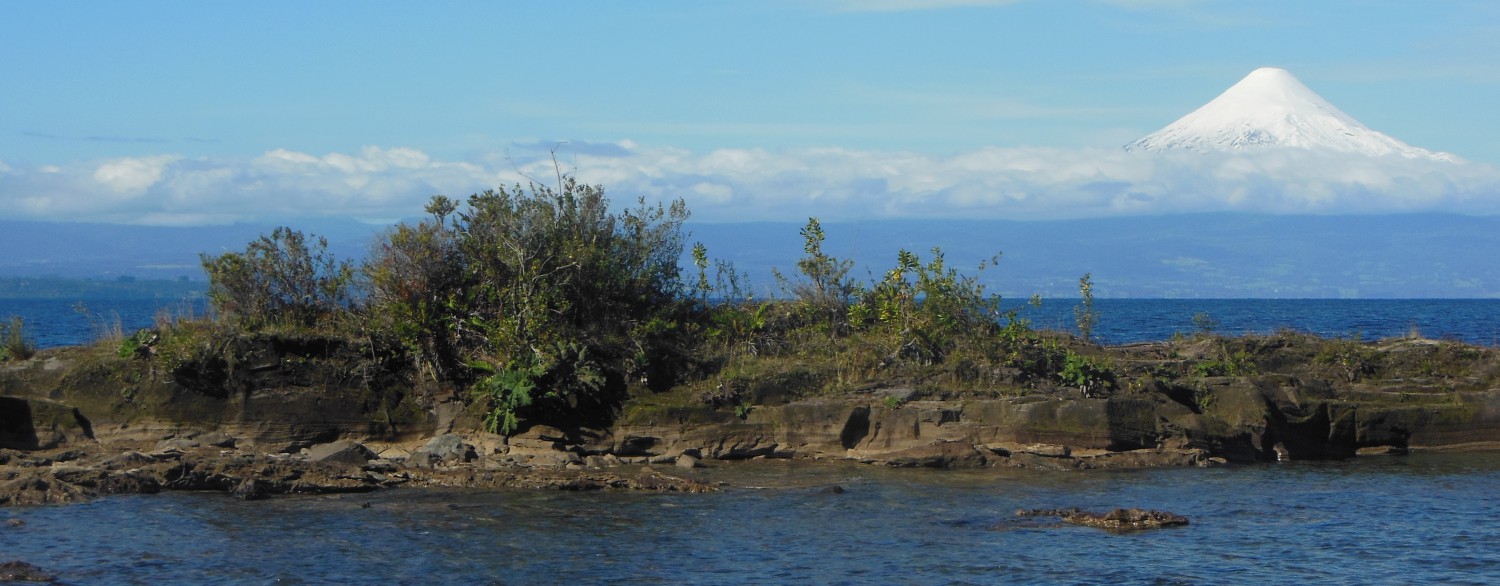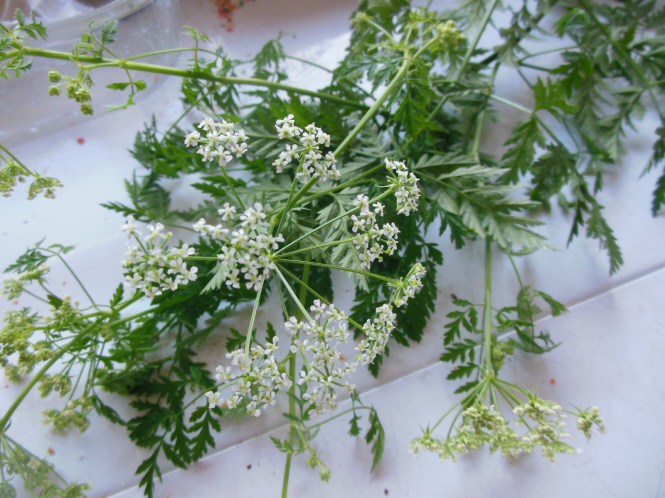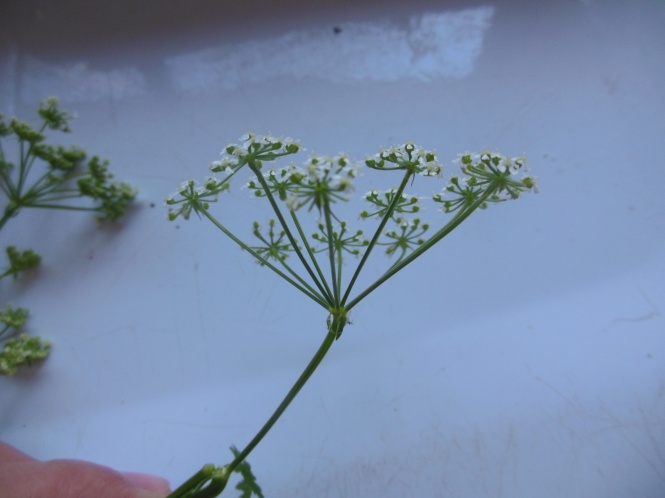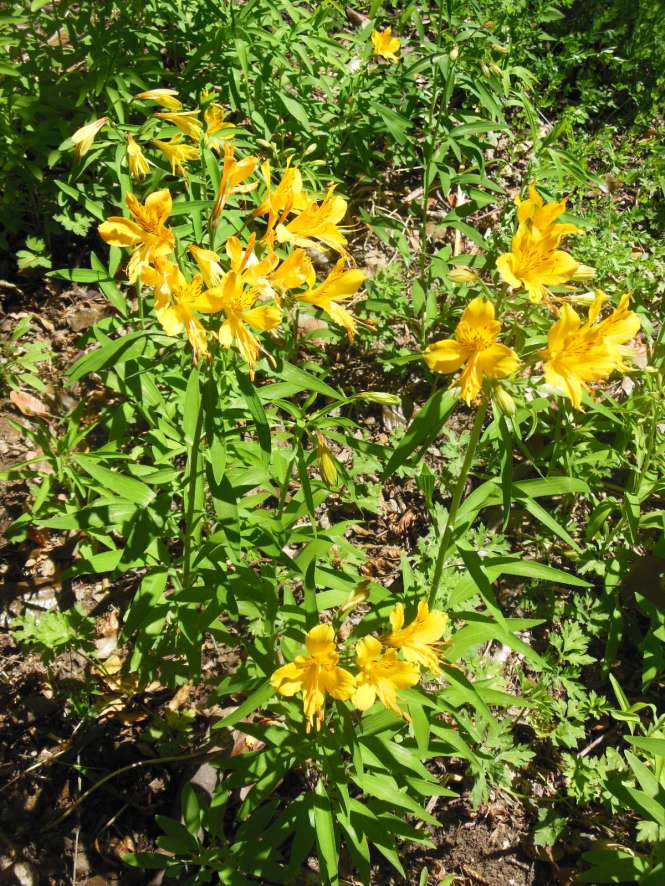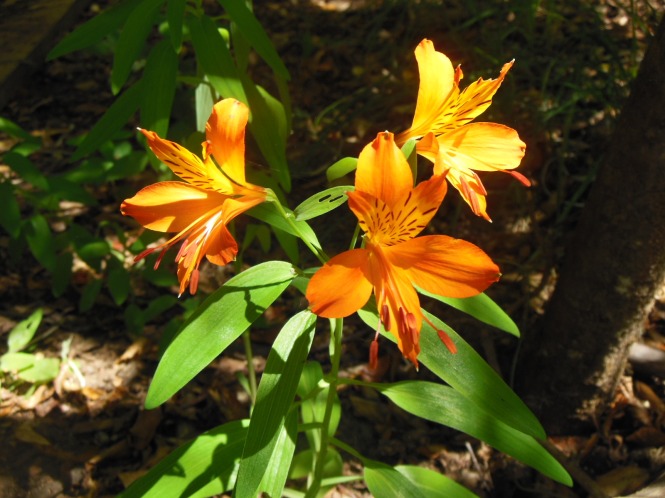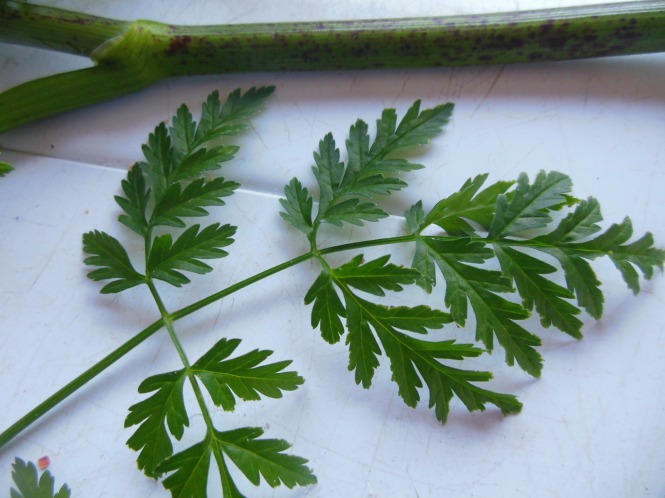
Here you can see the stem has no hairs but a purple mottling on its hollow stem and the pinnately compound leaves are finely divided and lacy like a fern with the leaf vein running to the tip and the leaflets are alternate

I love these old drawings. Here you can see more closely the characteristics of the Umbel or parsley family also known as the Apiacea family. There are some really great members of this family including: carrots, dill, fennel, celery, caraway, and cilantro. The main characteristic that defines this family is the umbel flowerhead.
I have seen it everywhere this time of the year with it’s tall billowing foliage and flowers along fence lines and the borders of pastures. Since it is so deadly to animals and humans, I wonder why the farmers don’t get rid of it in their pastures and farmyards.
